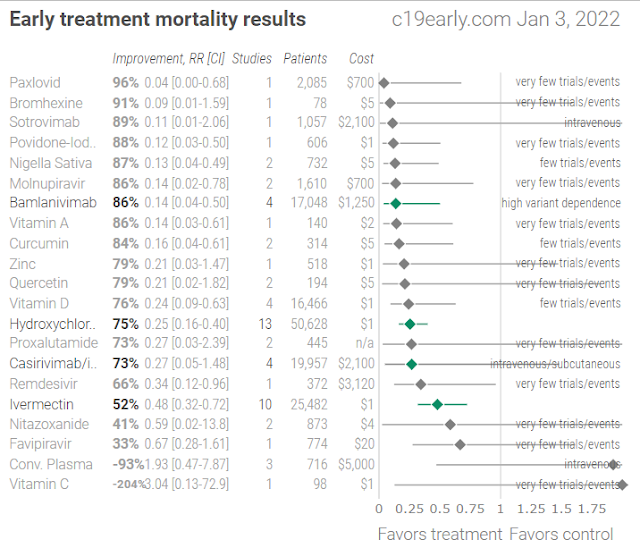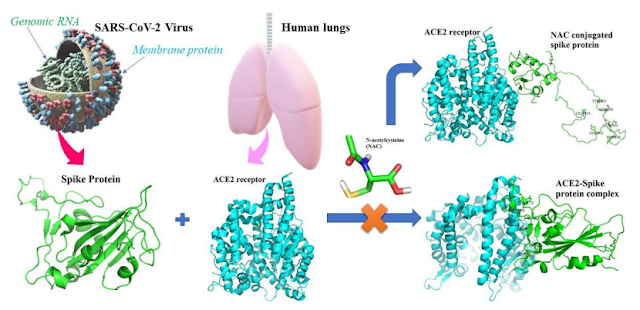1% Povidone Iodine Mouthwash and Gargle

There has been quite a lot of activity in povidone iodine mouthwash space, and so we thought we’d do a round-up and summary on some of the relevant interviews and studies. Dr McCullough's interview with Dr Peter Breggin In this September 14, 2021 interview with Peter Breggin MD, author of Talking Back to Prozac, Dr. Peter McCullough discusses the routine use of diluted (1%) Povidone Iodine mouth wash i n the dental office as an excellent preventive measure for COVID-19. 10% Povidone Iodine is available OTC (Over the Counter) without a prescription at any drug store for a few dollars. Here is the link: Povidone 10% Iodine on Amazon Note: This 10% Povidone Iodine must be diluted by one tenth, to 1% strength before use as a mouth wash, otherwise it is too strong and irritating. Dilute by adding 2 tablespoons (30 ml) of the 10% Povidone Iodine into a full glass of water (250-300 ml). This will make the product diluted enough to use as a mouth rinse, or gargle, (approximately 1....




